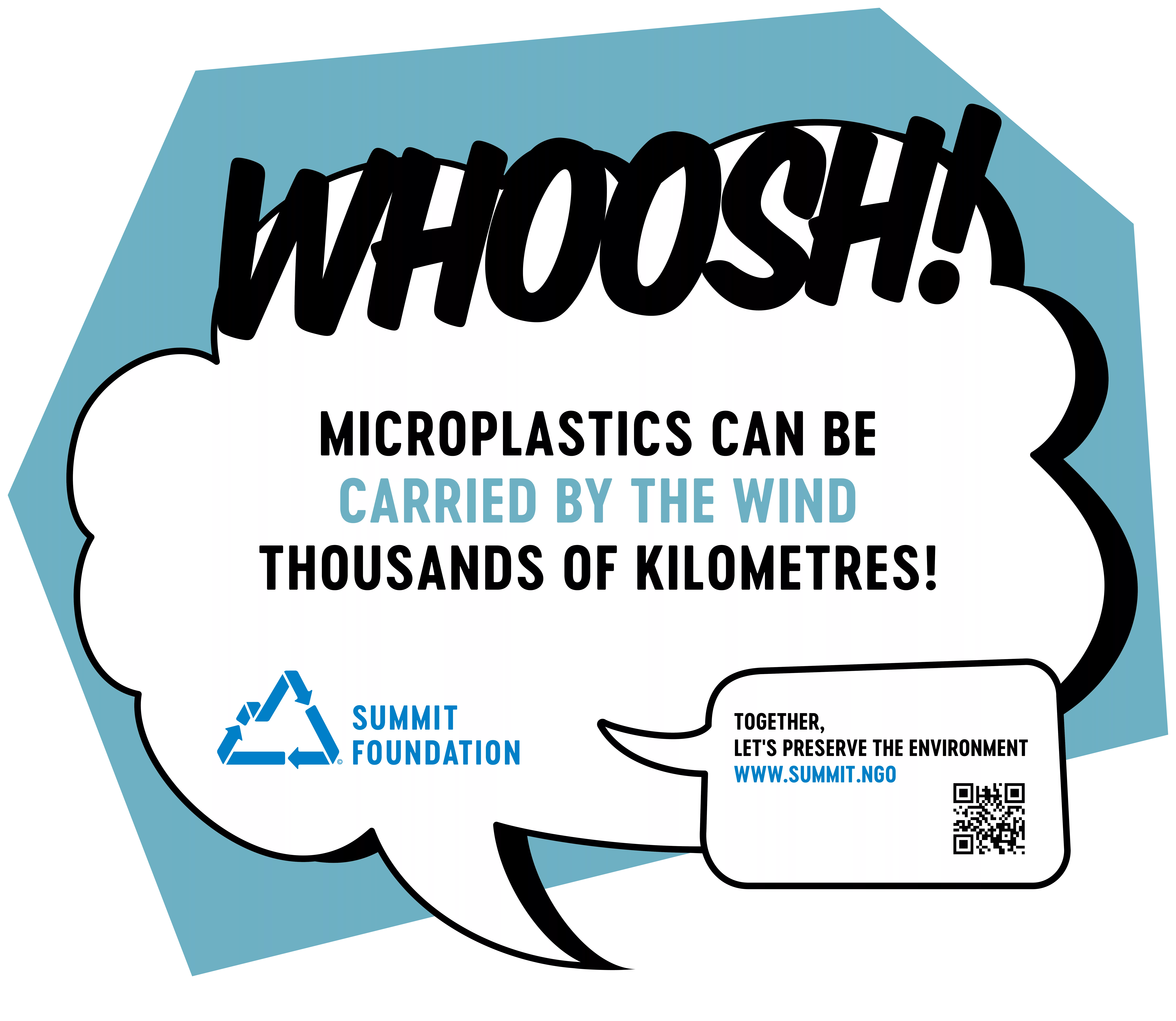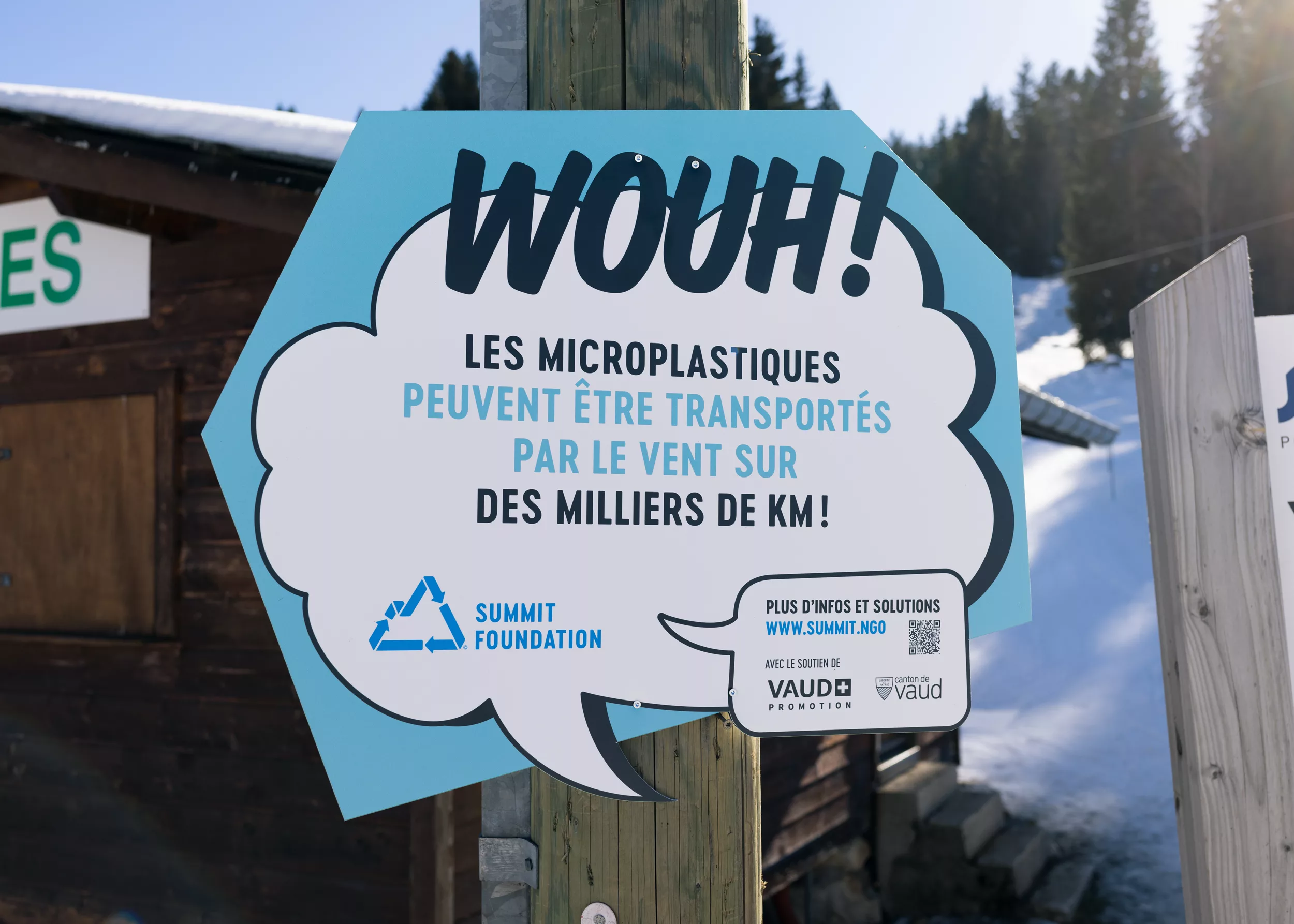


- Microplastics are plastics that are less than 5 millimetres in size, resulting from the abrasion or fragmentation of larger plastics.
- Microplastics are omnipresent in the environment and can be transported over thousands of kilometres.
- They carry pollutants, are toxic to wildlife and can accelerate the melting of glaciers.
Microplastics are fragments of plastic between 5 millimetres and 1 micrometre in size. Today, they are omnipresent in the environment and are a global concern.
They result from the fragmentation or abrasion of larger plastics (bottles, packaging, etc.) under the effect of UV rays, mechanical forces and animal or bacterial activity. The main sources of microplastics1 These include tyre abrasion, littering, poor waste management and plastic fibres released by our clothes. The microplastics released accumulate in water and soil.
Because of their small size and mass, microplastics can be transported by the winds on thousands of kilometres2 and settle in remote areas. The project Clean Mont Blanc3, carried out by the Summit Foundation, AQUALTI and the University of Savoie Mont-Blanc, has documented their presence in 18 glacial torrents in the Mont-Blanc region, even though they are far from human activity.
This contamination is not trivial and has a number of environmental impacts:
So what can you do? There are a number of things you can do to limit emissions:
Let's adopt the right behaviour and protect our environment from microplastics.
